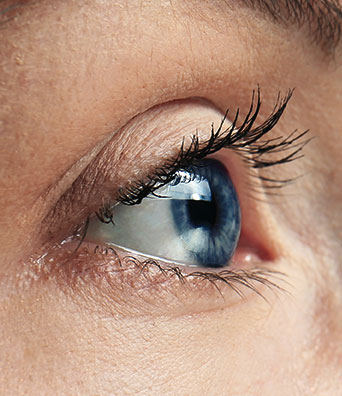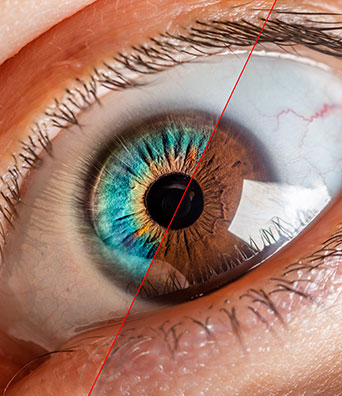Glaucoma Treatment In Dubai
Glaucoma is one of the main causes of blindness, but this can be avoided if it is diagnosed and treated in time. Glaucoma is a disease of the optic nerve, which is the set of nerve fibres that transmit visual information from the eye to the brain. Modern diagnostic techniques, new medications and innovative surgical procedures are improving the fight against this devastating disease, known as silent blindness.
With glaucoma, the optic nerve is progressively damaged, irreversibly losing nervous fibres. Patients gradually lose their vision, first in the peripheral visual field, and then in the centre. Unfortunately, a person suffering from glaucoma only notices this loss when the disease is advanced, and goes to the ophthalmologist when it’s already too late. High ocular pressure is asymptomatic in most of the cases.
The world’s
1st Irreversible
Cause Of Blindness
Before Symptoms Start
90%
Of The Visual Field Can Be Lost
Advantages Of Glaucoma Treatment
Prevent Further Vision Loss
Eye Pressure Reduction
Glaucoma Eye Surgery Facts
- Trabeculectomy is performed
- Surgery takes less than one hour
- You can go home on the same day
- Typically takes 1 to 2 hours
- A tiny tube is used to drain extra fluid and lower the eye pressure
- Patients can go on home on the same day
- Ideal for mild glaucoma conditions
- Faster recovery
- High safety with a less invasive nature
Why Do You Need Surgery For Glaucoma?
When medication through oral pills or eye drops are not sufficient to treat your condition, glaucoma surgery is required to keep your eye pressure low and to prevent further vision loss and blindness. The benefits from the surgery last for years with high effectiveness. You can enjoy a clear vision with stable eye pressure following your glaucoma surgery.
Glaucoma Treatments In Dubai
Get your eyes checked from the latest types of equipment and technology at Quironsauld to ensure your vision is healthy. Our experts in the optical field give you the best treatment methods to avoid vision loss conditions.
Controlling Glaucoma
Although the damage caused by glaucoma cannot be reversed, it is essential to get viable treatments to control the condition to prevent further vision loss or blindness. The treatments can give you optimal benefits if you diagnose the disease during the early stages. Glaucoma control is all about reducing the intraocular pressure, and keeping your eye pressure below the benchmark will ensure the safety of your eyesight.
Benefits Of Glaucoma treatments
From eye drops to surgeries, all the treatments available for glaucoma can benefit to safe-keep your vision. Successful and continuous treatment methods have even shown vision improvement in specific individuals. From the day you start your treatments, you can keep the current state of vision without having to worry about losing more vision.
Viable Treatment Options
Glaucoma FAQs
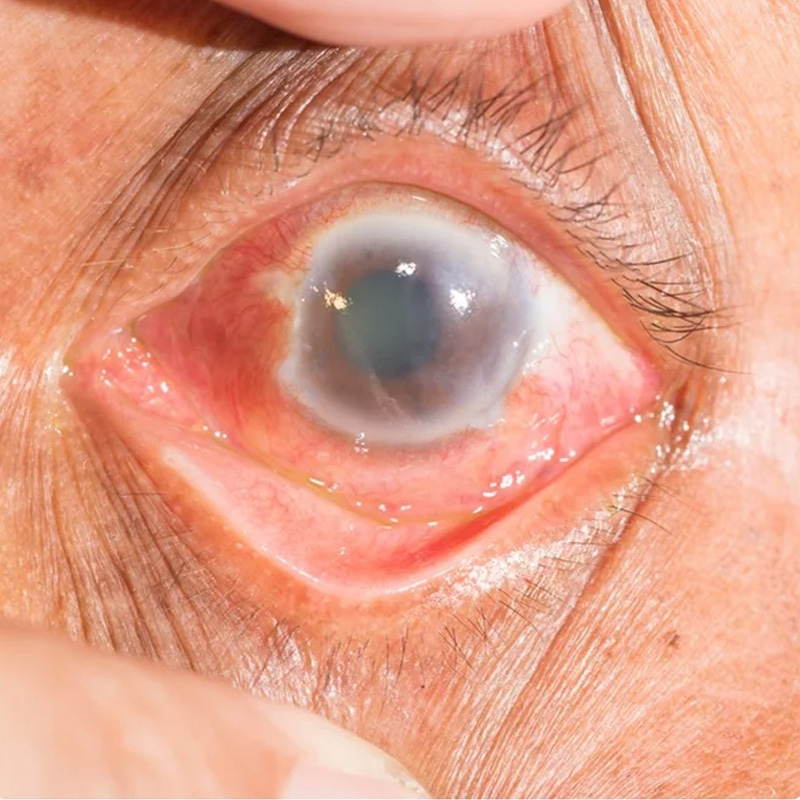
What Causes Glaucoma?
Glaucoma is a multifactorial disease. Most glaucomas are caused by an increase in pressure within the eye. Ocular pressure is measured in millimetres of mercury. When the value is 22 or above, we consider there to be ocular hypertension.
Detecting ocular hypertension requires undergoing an examination to see if glaucoma has been produced or not. If no glaucoma is detected, the ophthalmologist will decide whether to start preventive treatment or supervise the patient with no treatment. In some cases, glaucoma can occur without ocular hypertension; the main causes are insufficient vascular irrigation, or a particular weakness of the optic nerve.
The risk of suffering from glaucoma increases with age. Thus, it is important to attend periodic eye examinations, every two years, for people between 40 and 60 years of age, and every year after 60.
The risk for direct family members of a person who has been diagnosed with glaucoma is higher than the general population, and they must have periodic examinations.
Other high-risk factors for glaucoma include;
- Poor vision and severe refractive errors such as nearsightedness or farsightedness
- Medical conditions like diabetics, high blood pressure, and heart diseases
- Medications that include steroids
- Eye injuries and thin corneas
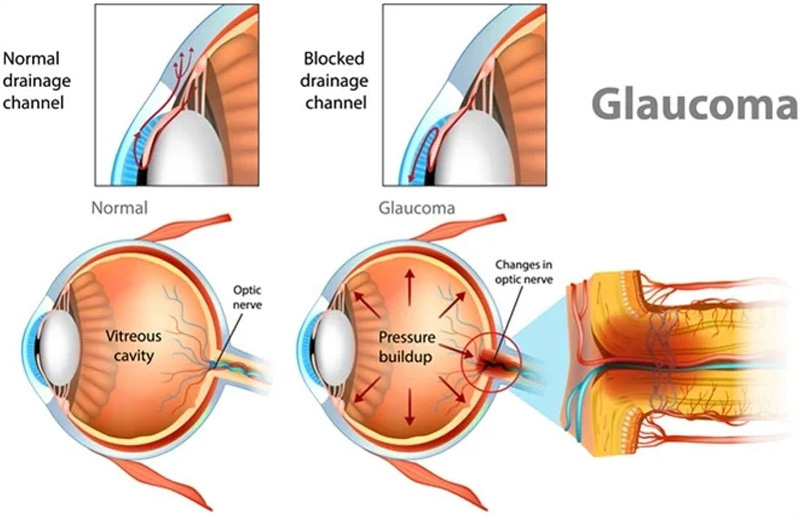
Diagnosing the type of glaucoma is very important, since their treatment may differ. Variants of open-angle and angle-closure glaucoma include;
- Secondary Glaucoma
- Pigmentary Glaucoma
- Pseudoexfoliative Glaucoma
- Traumatic Glaucoma
- Neovascular Glaucoma
IridoCorneal - Endothelial Syndrome (ICE)
- Uveitic Glaucoma
Types Of Glaucoma
The most common glaucoma is called open-angle primary glaucoma. In this type of the disease, ocular pressure is usually slightly or moderately high. The condition occurs by the slow clogging of the drainage canals in the eye, increasing the pressure. The symptoms and the damages cannot be noticed at the initial stage, and the slowly developing condition can last lifelong. In other cases, called open-angle secondary glaucoma, there is a specific cause that raises ocular pressure.
Finally, and the least common in our environment, is angle-closure glaucoma, which may be acute (causing pain and quick loss of vision) or chronic. Here, the eye usually has a closed or narrow-angle between the iris and cornea. The block in the drainage canal can occur suddenly, raising the intraocular pressure, and the symptoms and the damage are most noticeable. The condition demands immediate medical attention as it has a higher chance of causing vision loss.
Normal Tension Glaucoma (NTG) is another form that occurs without any intraocular pressure. Here the optic nerve gets damaged without a rise in the pressure, and the reason behind this has not to be identified particularly to date. Congenital Glaucoma is a rare condition that is often caused by a hereditary disease. This happens as a result of the incorrect or incomplete development of the drainage canals during the prenatal period. The problem can be seen in babies and early childhood states.
Detect & Monitor
Even though open-angle glaucoma is asymptomatic, the late signs of the disease can cause loss of peripheral vision. Angle-closure glaucoma can show faster and significant changes and needs to be treated immediately to prevent vision loss. The signs include;
- Halos around lights
- Redness in eyes
- Eyes that look hazy
- Sudden vision loss
- Vomiting and upset stomach
- Pain in eyes
Tests To Diagnose & Monitor Glaucoma
Glaucoma is a chronic disease, and requires specific tests, both for its diagnosis and for its long-term control.
The main tests performed are:
- Examination and photographing of the optic nerve
- Determination of ocular pressure (tonometry)
- Examination of the irido-corneal angle (gonioscopy)
- Determination of the corneal thickness (pachymetry)
- Examination of the visual field (campimetry)
- Measurement of the nerve fibre layer and the optical nerve (GDx, OCT)
Loss of the visual field, with glaucoma, is progressive. Our specialists have the latest and most advanced technology for diagnosing and controlling glaucoma, which allows them to detect the disease in time, and monitor its evolution in the most precise way possible.
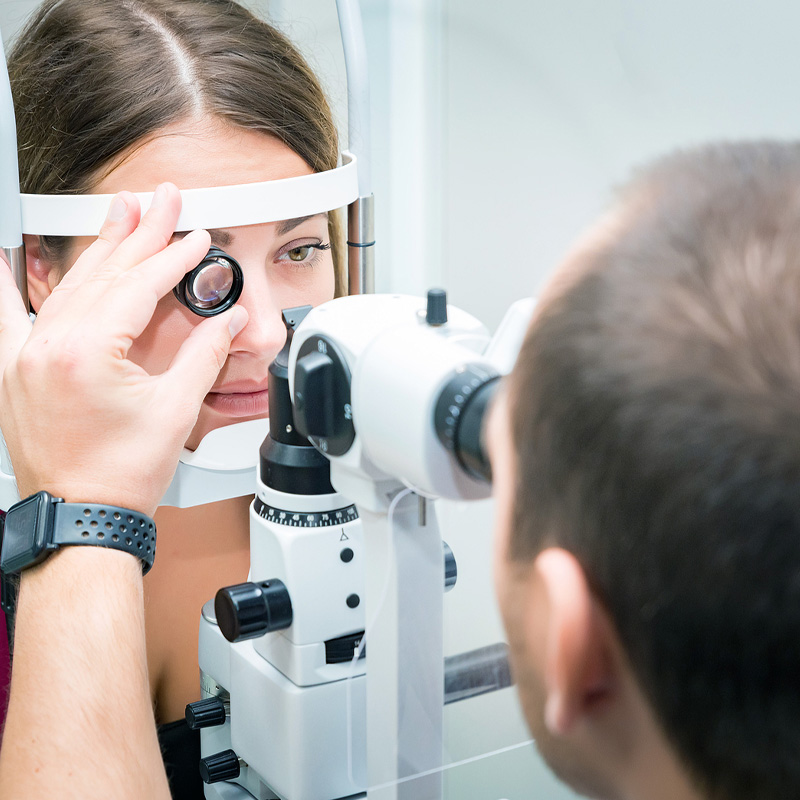
Glaucoma Treatment
Glaucoma treatment always includes a reduction of the ocular pressure. For this, different alternatives may be used, such as eye drops, laser or surgery. The choice of one treatment or the other depends on both the patient’s and the disease’s characteristics. Open-angle glaucoma is often involved with a combination of these treatment types where the medication starts with drops and pills. However, surgeries could work better for certain individuals. Congenital glaucoma or infants with the problem are treated with surgeries as the problem is with the drainage system of their eyes. Eye drops can be used in two ways to treat your glaucoma condition. The solutions can be used to lower the fluid creation in your eyes or to increase its flow out, lowering the eye pressure.
Oral medication can be prescribed to improve drainage or slower the fluid creation in your eyes. Laser surgeries are often performed in open-angle glaucoma conditions to raise the flow of fluid and to stop the block. The process involves creating a tiny hole in your iris to let fluid flow more freely. Microsurgery is a form of surgery that usually requires more than once. Here, your eye surgeon will create a new channel to drain the fluid and ease the pressure. The implantation of a tube can happen here to help drain the fluid. The lifelong condition requires continual follow-ups with your ophthalmologist to ensure your eye condition. You can also talk with your doctor with regards to come tips and exercises that keep your eye pressure under normal state.
The early diagnosis can lower the risk of eye damage, and hence it is often recommended to practice the following to prevent this dreadful disease. They are;
- Have regular eye exams
- Learn your family history
- Follow your doctor’s instructions correctly
- Exercise regularly
- Protect your eyes
Our glaucoma specialists in Dubai will study and evaluate each situation, and inform the patient of the therapeutic decisions that should be made. But the sooner the glaucoma is diagnosed, the better the results, so, early checks in case of any risk factor is key.
Book An Appointment
Fill the form below or call/whatsApp +971 50 309 3131 to book an appointment.
Early treatment can prevent long-lasting consequences
